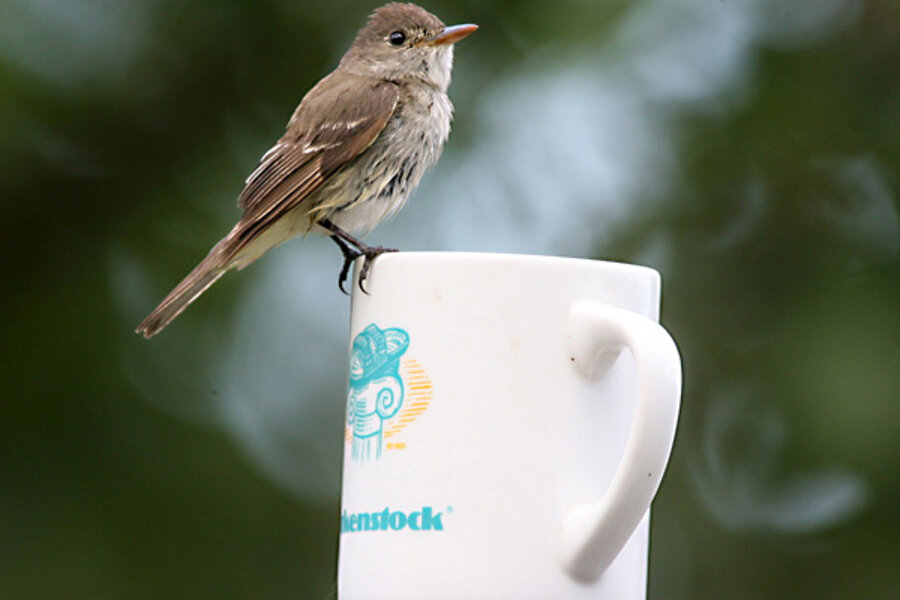How much home-brewed coffee really saves
Loading...
Saving Pennies or Dollars is a new semi-regular series on The Simple Dollar, inspired by a great discussion on The Simple Dollar’s Facebook page concerning frugal tactics that might not really save that much money. I’m going to take some of the scenarios described by the readers there and try to break down the numbers to see if the savings is really worth the time invested.
Jeff writes in: How much money do you ACTUALLY save in time and money by making your own coffee at home? I would appreciate the assumption that the user is using non-generic, non-Folgers or Maxwell House coffee.
For some standardized data on this, I visited the website of the SCAA – the Specialty Coffee Association of America. In one of their protocol documents, I found this information, which I’ll use to analyze how a great cup of coffee is constructed at home:
The optimum ratio is 8.25 grams of coffee per 150 ml of water, as this conforms to the mid-point of the optimum balance recipes for the Golden Cup.
Let’s say we’re looking at a 16 ounce cup of coffee – what you might fill a to-go cup with from a coffee shop, for example. A 16 ounce cup of coffee is approximately 473 mL, which, using the ratio above, would require 26 grams of coffee to make it yourself. An ounce is 28.3 grams, just for measurement’s sake.
So, how much does “good” coffee cost? I asked my wife to select what she considered to be a very good coffee for the price and she chose Eight O’Clock Coffee’s original ground, which can be obtained at a rate of $0.39 per ounce.
Simply put, you’d need about $0.38 of decent ground coffee to make a good 16 ounce cup of coffee at home. There’s also the negligible cost of water and electricity (say, one cent per cup), plus the ongoing cost of filters (say, two cents per cup), plus the cost of the cup (say, one cent per drink prorated out over time), plus the startup cost of purchasing an inexpensive pot to brew the coffee with (say, another two cents per cup, prorated out over time). That’s a cost of about $0.44 for a 16 ounce standard coffee.
Now, if you add cream or other ingredients to that, you’re increasing the cost, but not significantly. For example, International Delight French Vanilla liquid creamer costs $0.08 per cup. Other options might ding you as much as a quarter per cup for flavoring, which is still leaving you below $0.70 per cup.
Depending on what exactly you order at your typical coffee chain, a 16 ounce coffee will set you back somewhere between $2 and $5. The variation here is pretty impressive, but even if you’re comparing the low end of a purchased coffee with the high end of a homemade cup, you’re still talking about a savings of a dollar per 16 ounce cup. It’s quite likely you’re saving even more than that.
What about the time? I’m not a coffee drinker, but Sarah usually sets up the coffee pot the night before. It takes her about a minute. When she gets up, she flips a switch, and then she drinks a cup a little while later, then fills her to-go cup on her way out the door, taking her maybe another minute or two. She usually cleans the pot up when she gets home from work, taking another couple of minutes.
The time invested is perhaps five minutes total per day, and she’s probably saving $2.50 or so per day, making for a pretty good hourly rate. Plus, she believes the coffee made at home tastes better.
If you drink coffee more than a time or two a week, you’re going to save money making it at home, and it’s probably going to be well worth the small amount of time invested, too.





